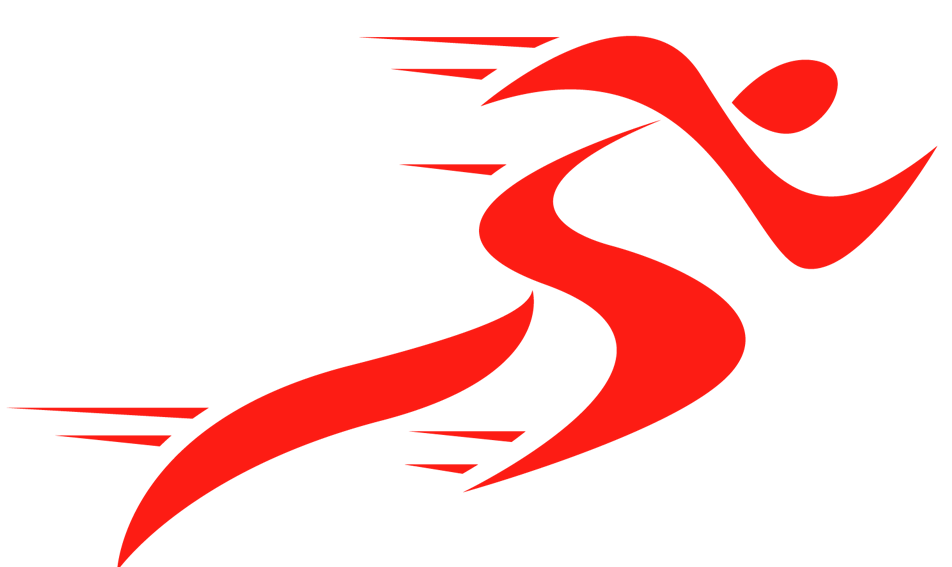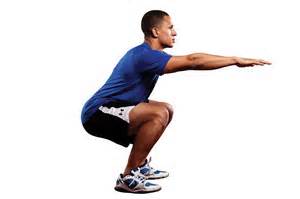First, do you have an HSA? A Health Savings Account (HSA) is a tax-advantaged savings account that you can use to pay for a wide variety of health expenses. It’s a great way to save for both day-to-day and future medical costs. There are few requirements to open this type of account. The most important of these are, belonging to a high deductible medical plan. The rules have changed for HSA’s. No more restrictions, any $$ left at the end of the year rolls over, so it is also a savings and investment tool. This year as a single woman I can invest $4775 which earns interest, can be put in CD’s etc. This can be invested over the year, not in one chunk. I opened mine at Bellco. Find out how.
So how can an HSA help pay for uninsured care, like massage or other types of bodywork? Get a prescription for the uninsured care you need from your Primary Care Physician or Specialist. Example: Weekly massage for 6 months to help ongoing back and neck pain.
Pay for the service directly from HSA or ( This is the second way ), pay cash/cc/check. Get a receipt either way and put into a file with the prescription. Because of the prescription, it will be paid with pre-tax dollars, thus lowering taxable income at the end of the year.
Don’t forget, toothpaste, toothbrushes, cough syrup, cold remedies, etc., most healthcare purchases at the local drugstore are also considered medical expenses, pay from HSA or cash. Make sure to keep all receipts to add up at the end of the year. Please check with your accountant or tax person to see what pre-tax expenses to track.
Do not let money get in the way of your care. Most health practitioners will try to work with you as much as possible, payment plans, etc. Here’s to our health!
Nancy Huckeby-Gonzalez, LMT
Motion Fitness and Massage
Motionfitnessdenver.com
nancy@motionfitnessdenver.com
949-521-3389 cell
Specializing in Lymph Drainage Massage (LDM)
Cranial Sacral Therapy (CST)


